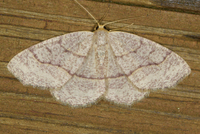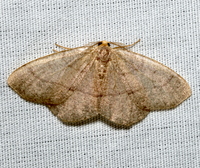
| Recorded by: David George, Kevin Bischof, Rich Teper, Patrick Coin on 2025-08-15
Transylvania Co.
Comment: | 
| Recorded by: Mark Basinger on 2025-06-25
Buncombe Co.
Comment: |
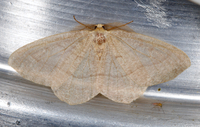
| Recorded by: Jim Petranka and Mark Basinger on 2025-06-23
Buncombe Co.
Comment: | 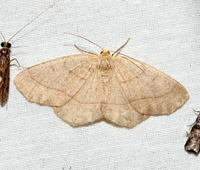
| Recorded by: Jeff Niznik, David George, Larry Chen, Sarah Toner, Joye Zhou on 2025-06-20
Richmond Co.
Comment: |

| Recorded by: Jim Petranka, Mark Basinger and Becky Elkin on 2025-05-18
Buncombe Co.
Comment: | 
| Recorded by: r.Teper on 2025-04-19
Orange Co.
Comment: |
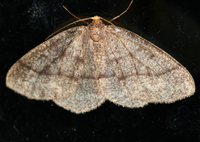
| Recorded by: Jim Petranka on 2025-04-09
Madison Co.
Comment: | 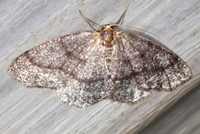
| Recorded by: Jim Petranka on 2025-04-04
Madison Co.
Comment: |

| Recorded by: Jim Petranka on 2025-03-27
Madison Co.
Comment: | 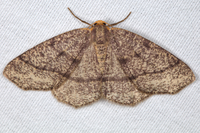
| Recorded by: Jim Petranka on 2025-03-19
Madison Co.
Comment: |
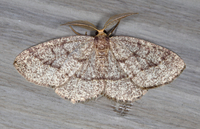
| Recorded by: Jim Petranka on 2025-03-11
Madison Co.
Comment: | 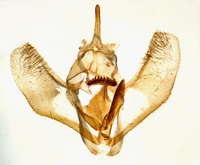
| Recorded by: Jim Petranka on 2025-03-11
Madison Co.
Comment: |
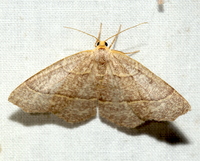
| Recorded by: David George, Jeff Niznik, Kevin Bischof on 2024-08-07
Transylvania Co.
Comment: | 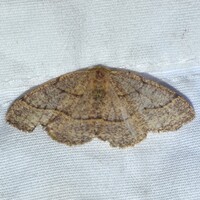
| Recorded by: David George, Jeff Niznik, Kevin Bischof on 2024-08-07
Transylvania Co.
Comment: |

| Recorded by: Owen McConnell on 2024-08-06
Graham Co.
Comment: | 
| Recorded by: David George, Jeff Niznik on 2024-08-06
Transylvania Co.
Comment: |

| Recorded by: David George, Jeff Niznik on 2024-08-06
Transylvania Co.
Comment: | 
| Recorded by: David George, Jeff Niznik on 2024-08-05
Transylvania Co.
Comment: |

| Recorded by: David George, Jeff Niznik on 2024-08-05
Transylvania Co.
Comment: | 
| Recorded by: Jim Petranka on 2024-07-31
Madison Co.
Comment: |

| Recorded by: Mark Basinger on 2024-07-27
Rowan Co.
Comment: | 
| Recorded by: John Petranka on 2024-07-26
Orange Co.
Comment: |
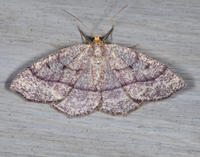
| Recorded by: Jim Petranka on 2024-07-25
Madison Co.
Comment: | 
| Recorded by: Jim Petranka on 2024-07-10
Madison Co.
Comment: |
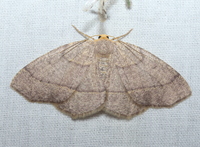
| Recorded by: David George, Steve Hall, Patrick Coin, Mark Basinger on 2024-06-16
Chatham Co.
Comment: | 
| Recorded by: David George, Jeff Niznik on 2024-06-10
Chatham Co.
Comment: |
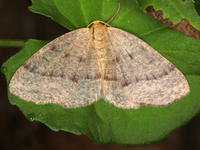
| Recorded by: Jim Petranka and Becky Elkin on 2024-06-03
Madison Co.
Comment: | 
| Recorded by: Jim Petranka, Mark Basinger and Becky Elkin on 2024-05-17
Buncombe Co.
Comment: |

| Recorded by: Tim Foley on 2024-04-27
Orange Co.
Comment: | 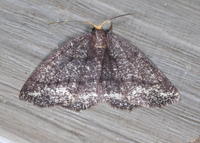
| Recorded by: Jim Petranka on 2024-04-01
Madison Co.
Comment: |
|

 »
»